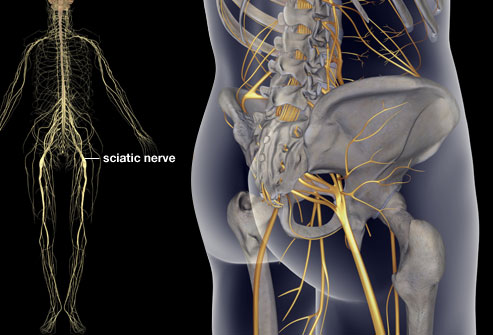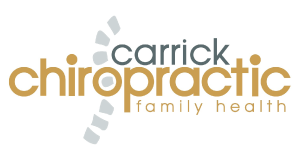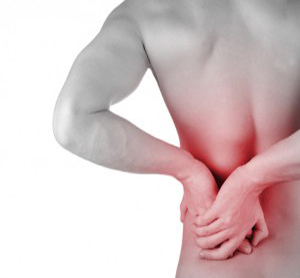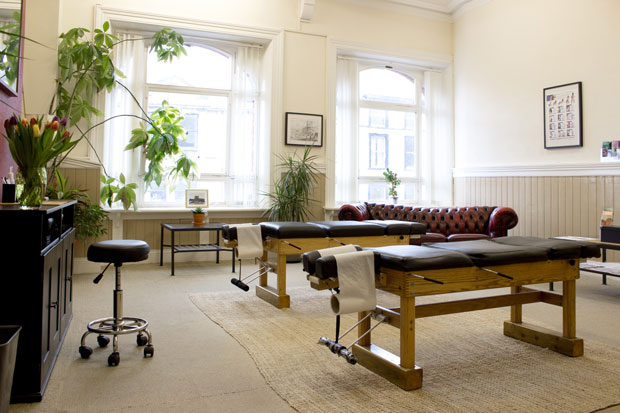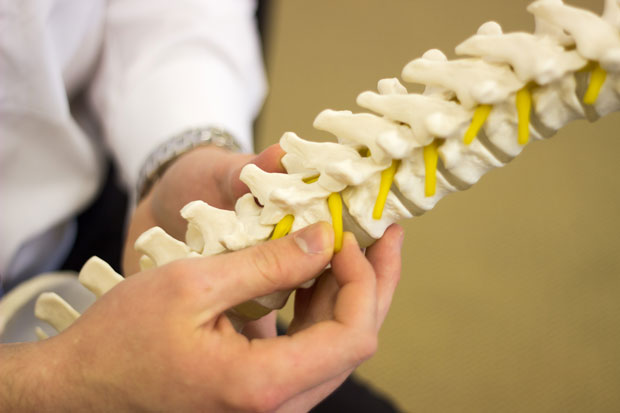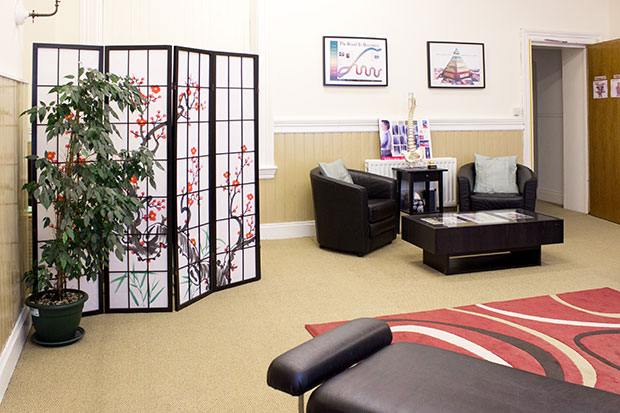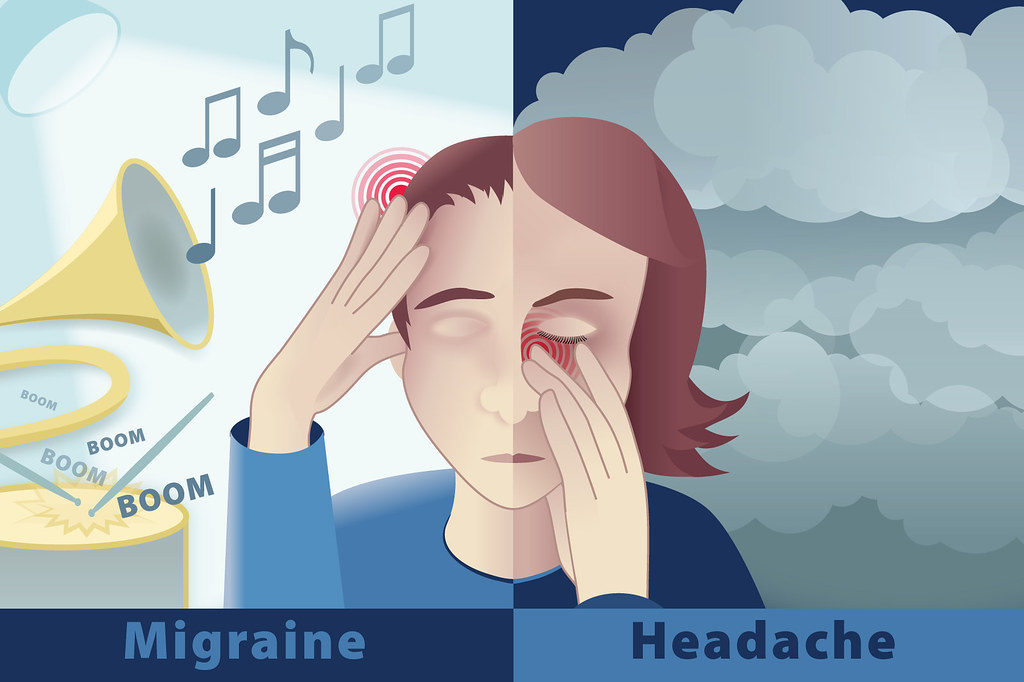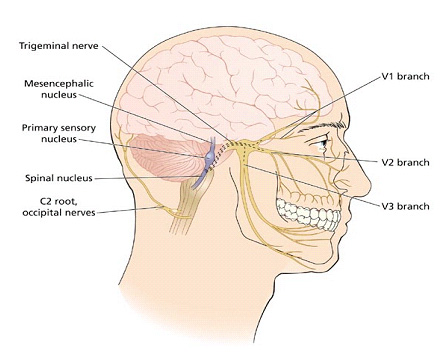
People are refusing to give up their addiction to tech, despite claiming they experience back or neck pain after using their devices, research reveals.
The consumer survey by the British Chiropractic Association (BCA) of more than 2,000 UK adults who currently suffer from back or neck pain, or have done so in the past, found that almost three in five (56%) people experienced pain after using some form of technological device.
Despite this, only 27% of people surveyed had limited or stopped using their devices due to concerns for their back or neck health and posture.
The research showed people were most likely to experience back or neck pain after using the following technological devices:
• Laptop computer (35%)
• Desktop computer (35%)
• Smart phone (22%)
• Tablet (20%)
• Games console (17%)
The age group most likely to experience back or neck pain when using their smart phone were 16-24 year olds, while nearly half (45%) of young adults 25-34 year olds) admitted to experiencing back or neck pain after using a laptop.
One in seven (14%) 16-24 year olds attributed their back or neck pain to virtual reality headsets.
As part of Chiropractic Awareness Week (10-16 April) the BCA is calling for technology companies to design devices with posture in mind, to help tech proof our back health.
BCA chiropractor Rishi Loatey comments: “We all know how easy it is to remain glued to our smart phone or tablet, messaging friends or scrolling through social media. However, this addiction to technology could be causing changes to posture, which can lead to increased pressure on the muscles, joints and discs in the spine.
“Technology companies are now starting to issue older phone models which hark back to a time before smart phones enabled people to do everything from check emails and take pictures, to internet banking. Returning to a time of basic functionality, which may see people look to limit the time spent on their phone, can only be good news for our backs.
“Yet, in an age where people can now track their health and wellbeing using their phone, technology companies should also start looking at ways to make their devices posture friendly from the outset, encouraging us to take time away from our desks and breaks from our scrolling, gaming and messaging.”
To help you use your technological devices without impacting your back or neck health and posture, the British Chiropractic Association provides their top tech tips to stay back pain free:
• Mind your posture: Be aware of your posture when using mobile devices on the go, don’t hunch over small screens and try to ensure you are never in the same position for a prolonged period.
• Be computer compatible: When sitting in front of your PC or laptop, sit in a chair that provides full support for your spine and make sure your shoulders, hips and knees face the same direction. Your seat should be adjusted so that your feet are flat on the ground and knees bent, but with a slope from your hips to your knees. You should end up with your hips higher than your knees and your eyes level with the top of the computer screen. You may need to put the screen on a stand, book or ream of paper to bring it to the right height.
• Keep your head up: The head is a heavy weight, so sitting with it forward of your body can put unnecessary strain on your neck and back. Try to sit with your head directly over your body.
• Try before you buy: Try out new gadgets before you buy them to make sure they’re comfortable to use and spend time setting them up in a way that works well for you.
• Bag it up: If you carry a laptop use a rucksack design laptop case, carry it on both shoulders and adjust the straps so that the bag is held close to your back.
• Stretch it out: When using your mobile, smartphone, laptop or tablet whilst sitting down, including on your commute, take the time to break position on a regular basis and stretch your arms, shrug your shoulders and move your fingers around as this helps to keep the muscles more relaxed. Try to avoid sitting in the same position for more than 40 minutes where possible.
